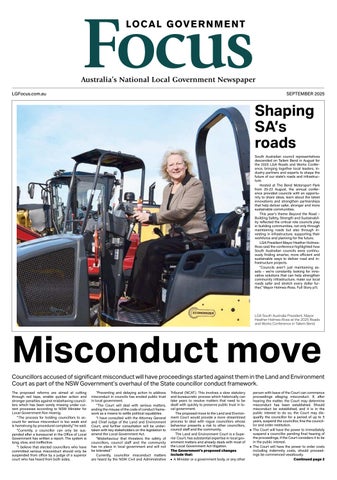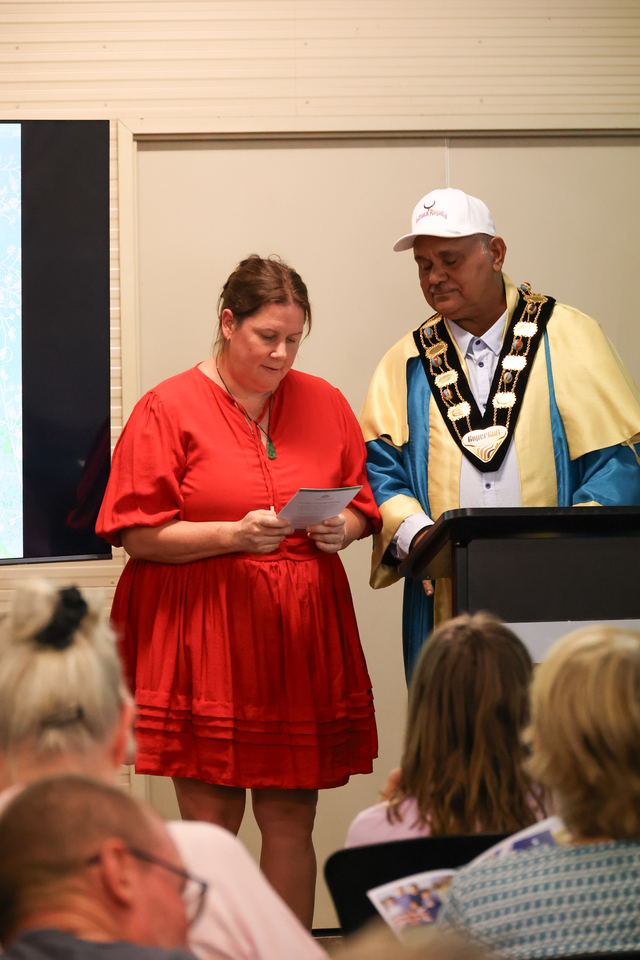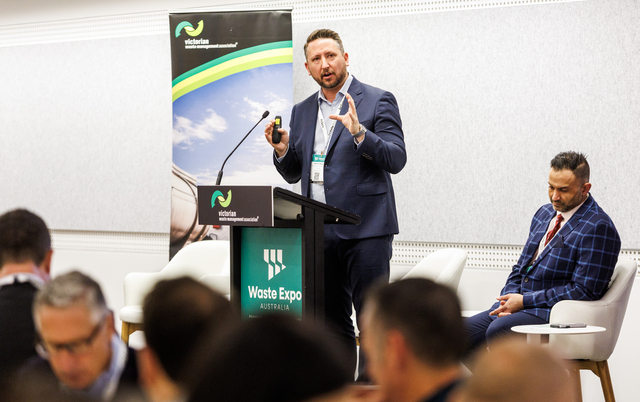In each edition we feature the views of a Local Government Association President. The following is from Councillor Geoff Lake, President of the Municipal Association of Victoria.
One of the most critical issues facing Local Government nationally is the management of ageing infrastructure. While this is not a new challenge for the sector, the Municipal Association of Victoria (MAV) has identified that a Council’s ability to manage its asset maintenance and renewal requirements is the single biggest factor in determining its long term financial viability.
By collecting data annually on key financial indicators for Victorian Local Government, the MAV can analyse the financial health of the sector. Councils are considered financially at risk by the MAV if they have consistent underlying operating deficits, capital underspend over the long term, exhibit a higher than average rating effort, have high levels of debt and declining populations. Using these criteria, 12 Councils in Victoria are deemed to be financially at risk.
While the MAV has collected this data for the past eight years, a comparable inquiry into the financial health of the sector conducted recently in South Australia produced similar results.
The Australian Local Government Association is now coordinating a national project to collect consistent data on the financial health of Local Government, based on the MAV model. This is an important project for Local Government as it will provide a robust financial case for fairer funding arrangements with other levels of government. However, more work can also be done at a local level to ensure the long term financial sustainability of the sector.
Nationally the true extent of the asset maintenance and renewal challenge is not well understood. With detailed valuation data not available, actual infrastructure renewal expenses are being under estimated. In Victoria the MAV Step Asset Management Improvement Program has changed this, with all 79 Councils having identified their renewal funding liability for all asset classes. This is a first for Local Government in Australia.
Councils are now completing detailed asset management plans, which will provide valuable new input to their 2006-07 budget process. The plans contain information on all assets Councils are responsible for including their current state, their renewal expenses into the future and the best maintenance practices to extend their life. In short, it is now possible to assess the options for managing assets in the context of determining how to reduce the identified renewal funding gap.
The Step Program has assisted Councils to look more strategically at delivering sustainable asset management programs that respond to community identified priorities. This approach is strongly supported by both Councils and communities, as there is a more complete picture of the asset management challenge and the level of funding required to deliver assets that meet community needs in a mutually agreed timeframe.
The Step Program has been recognised by the Victorian and Commonwealth Governments for its contribution to sector wide improvement in asset management. As a result it is now being adopted in other Australian States.
It is important that Local Government continues working together to identify new approaches that can help us improve our asset management capabilities and make better decisions for communities. The sector’s long term financial viability depends on it.







